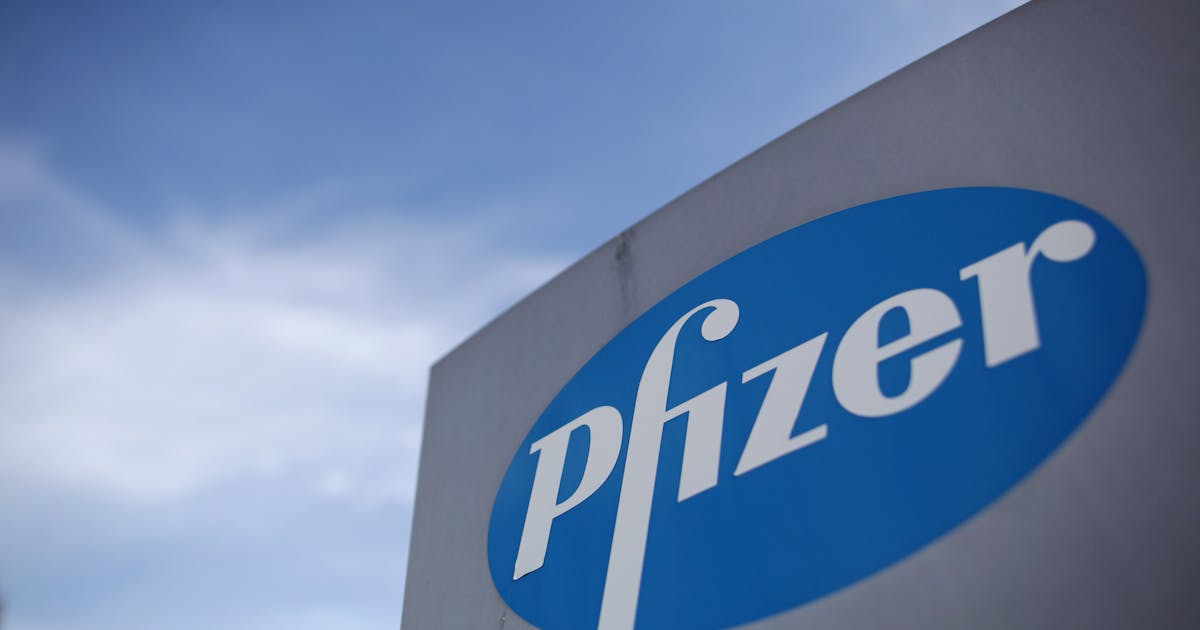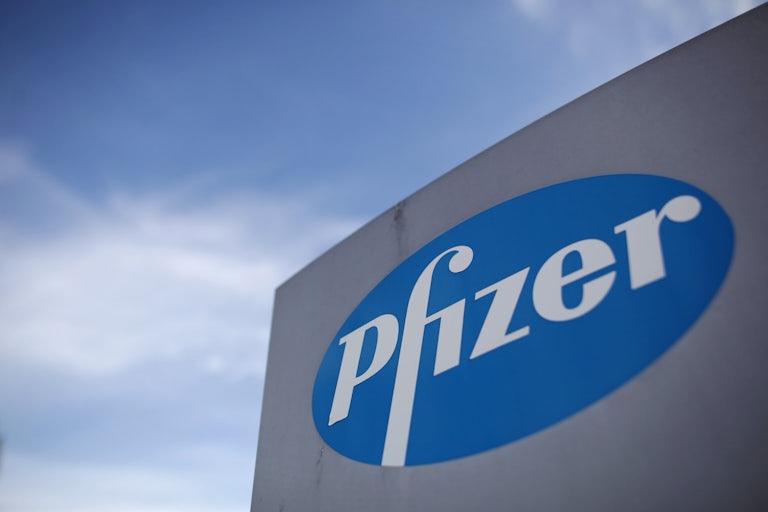The Biden administration announced $3 billion in funding Tuesday for the Brightline West rail project, covering a quarter of the cost for a high-speed rail line planned to run from Las Vegas to Los…

thehill.com
Biden greenlights $3B for Las Vegas-to-California high speed rail
BY
NICK ROBERTSON - 12/05/23 1:46 PM ET
The Biden administration announced $3 billion in funding Tuesday for the Brightline West rail project, covering a quarter of the cost for a high-speed rail line planned to run from Las Vegas to Los Angeles.
A bipartisan group of lawmakers from Nevada and California have
pushed for the federal grant for months, pitching Brightline West as a needed economic driver.
“This historic high-speed rail project will be a game changer for Nevada’s tourism economy and transportation,” Sen. Jacky Rosen (D-Nev.) said in a statement. “It’ll bring more visitors to our state, reduce traffic on the I-15, create thousands of good paying jobs, and decrease carbon emissions, all while relying on local union labor.”
The $3 billion grant is funded from the Bipartisan Infrastructure Law, Rosen said.
Brightline, the only private passenger rail company operating high-speed service in the country, requested $3.75 billion for the project out of an estimated $12 billion cost. The company launched a high-speed
Orlando to Miami service, the first of its kind, earlier this year.
Advocates hope the project can better connect Las Vegas to California with cheaper transportation, relieve traffic and cut emissions. About
16 million people drive from Las Vegas toward Southern California on Interstate 15 every year through the Mojave Desert.
Brightline estimates that the rail connection would eliminate 3 million car trips annually.
The Brightline West project is planned to run from a new station near the Las Vegas Strip to Rancho Cucamonga, Calif., where it would link with Los Angeles’s existing regional rail system. The trip would take just under 3 hours.
Trains will travel as fast as 180 miles per hour and carry about 500 passengers as frequently as every 45 minutes, according to Brightline.
It is scheduled to be constructed by 2027, just in time for the 2028 Summer Olympics in Los Angeles.
President Biden will be in Las Vegas on Friday, where he will likely announce the project.






 Man gtfo
Man gtfo 
